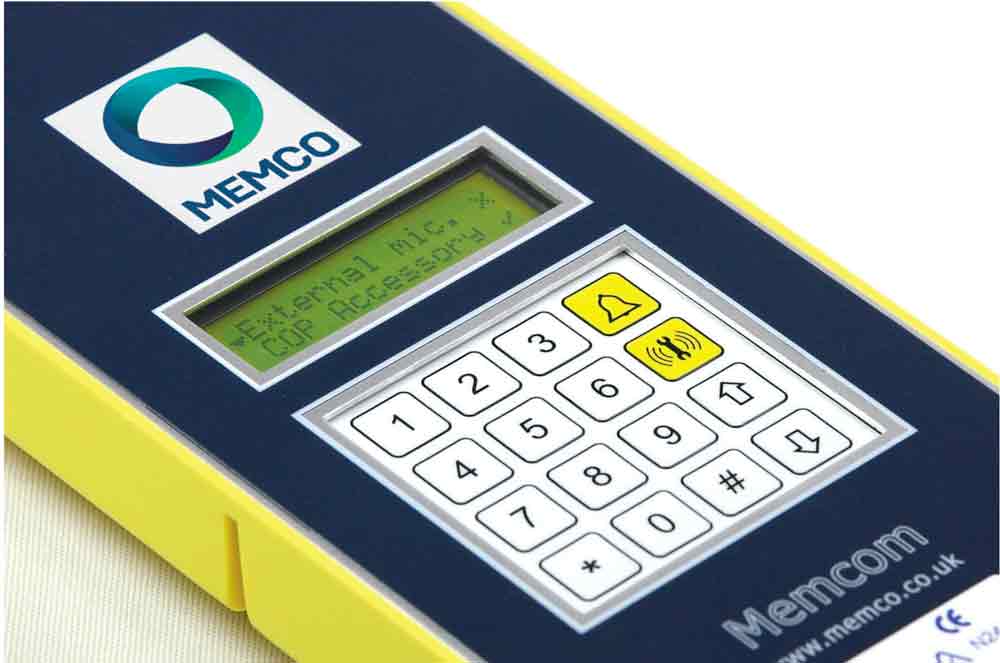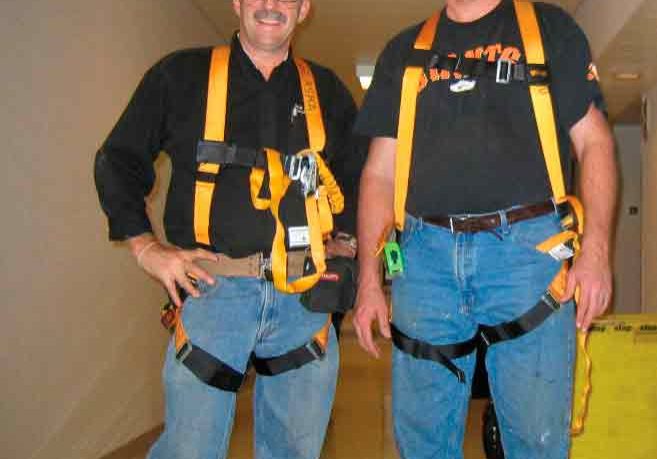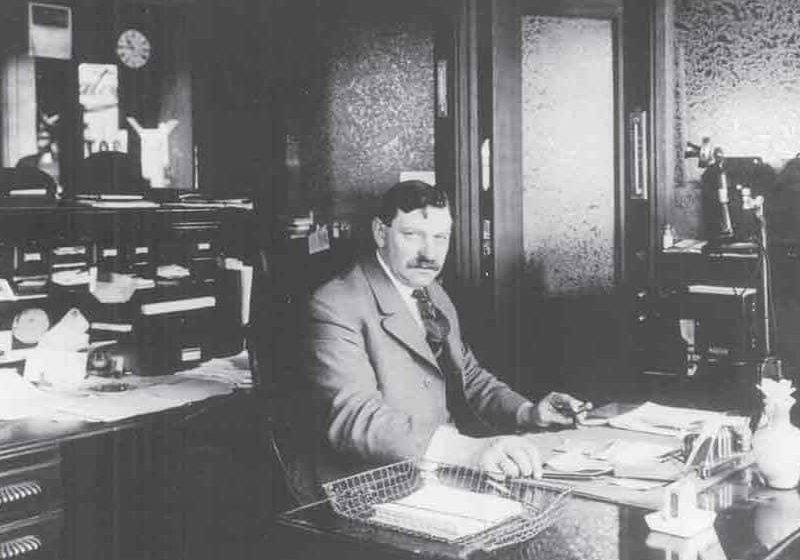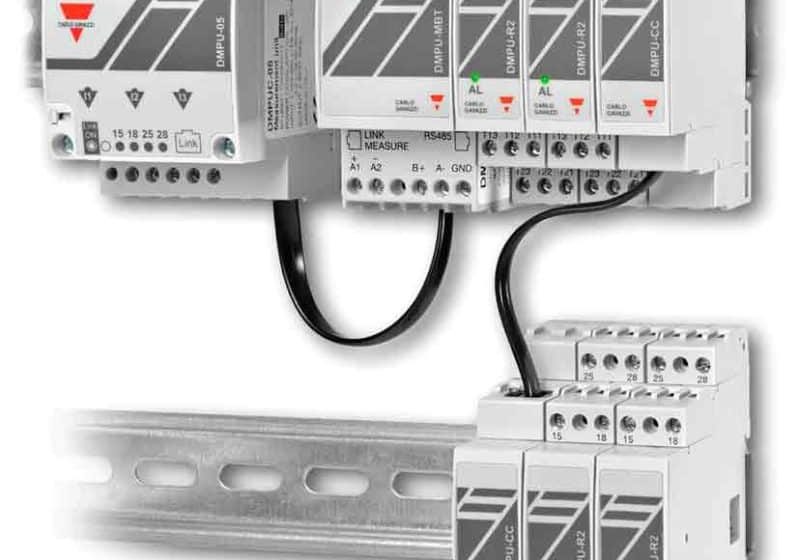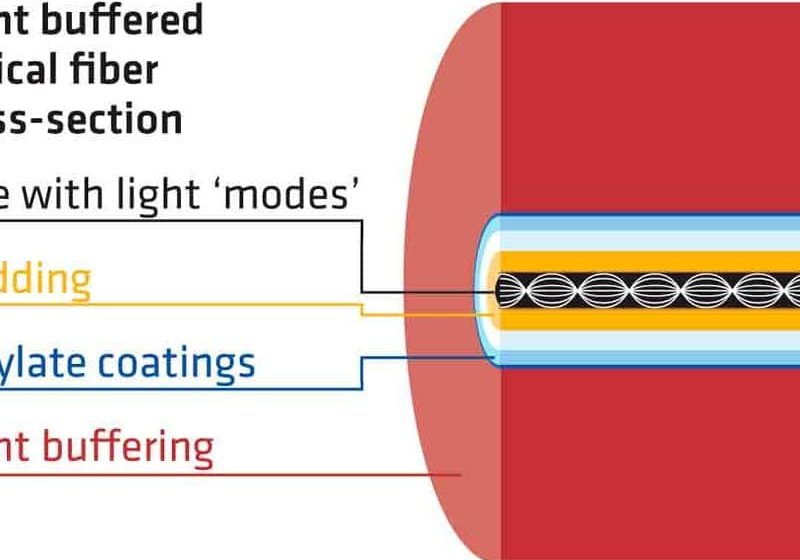The EN 81-28 standard was developed and introduced in 2003 to minimize the hazards and risks associated with passenger entrapment in elevators. According to Adrian Shiner, convener of CEN TC10 WG4 at the time of EN 81-28’s development, the standard was required for several reasons:
- On average, a person cannot survive longer than three days without water, and, therefore, longer entrapments would likely lead to fatalities.
- Monitoring of any power supply is necessary to allow its charge state to be determined.
- A person cannot be trapped in the elevator car if it is stationary at a floor level with the doors unlocked or open.
- An alarm-signal button needs to be present in the elevator car to allow trapped passengers to initiate an alarm to the rescue service.
- Subsequent voice communication needs to be maintained and managed by the rescue service until the trapped passengers are released. The initial response and ongoing communication must be by a person, not an electronic system.
In many cases, the programming of the basic requirements is a challenge, and advanced features are simply ignored. These features can be system configurations of the emergency telephone, or integration with components such as lift controllers, lift management systems and thin film transistor screens. These are the regularly overlooked areas in which real value can be shown to the customer.
Emergency-Telephone Programming Becomes Easier
The complexity of emergency-telephone programming has long been a problem for elevator technicians. Long strings of code-based programming are regularly required to program telephone numbers and system options into the device. Several solutions have been launched to counteract this complexity, including but not limited to:
Programming via a telephone handset
Integrated keypad on the emergency-telephone unit
- Programming via support software
- However, each of these solutions has its limitations. Research completed by Avire shows these to be, correspondingly:
- Dialing the unit via a telephone handset means the installer needs to understand the programming sequence and enter all codes and telephone numbers correctly and in the correct order. This is usually done without seeing the programming codes entered.
- This solution gives the installer the ability to program without any other system component (i.e., a programming tool or separate handset), but the entering of programming commands is still based on the correct insertion of code-based programming commands, with no visual display of what has been entered.
- Programming units by remote software means that correct programming requires the transfer of the correct information between the technician and call center/office. The unit then needs to be programmed remotely immediately to allow for the technician on site to complete a full test of the installation. If this cannot be done immediately, it means on-site delays.
The above programming options do not remove the complexity of emergency-telephone programming and often increase the reliance on the installer to fully understand the programming sequence of the unit being installed. These methods require the installer to regularly refer to the installation guide, and to check and re-check that the correct programming codes have been entered. This often leads to programming errors. This process also adds complexity if the unit does not complete a successful test call. The technician may then need to reprogram the unit to check that the correct programming has been entered, without knowing if the problem is programming related or not.
Product Touted as Unlocking More Potential
For the reasons thus far explained, Avire believes another programming interface is required to unlock more of the potential of emergency telephones. The company’s Memcom system offers all of the above as programming options. In addition, it has an integrated, backlit LCD display so the installer can see what is being programmed as it is entered in the keypad. In addition, an intuitive programming menu and quick-start menu have been provided to speed up installation. All programming parameters have been assessed, and logical programming methods have been provided for each.
For example, instead of using codes to program what accessories are attached to the main unit, a simple tick-box system is used. Rather than entering a value to set the speaker volume, a sliding scale with audio feedback is provided. This allows the installer to test sound quality at various volume levels while programming. Installers do not need to enter a code for the protocol needed for the emergency (or background) calls. They simply enter the telephone number, then select the protocol from a drop-down list.
Installer Benefits
Two models are available for easy installation to either the elevator car-operating panel (COP) or elevator cabin roof top of car. Wiring is minimized on the COP version with built-in yellow and green LEDs for use as pictograms to EN 81-70 and EN 81-28. These models boast:
- Simple and intuitive programming, which is visible on the integrated backlit LCD display. The system is hardwired, providing installation flexibility for both new elevator and modernization applications.
- Robust power circuitry, providing the product with protection from power surges through the telephone line.
- Multi-point station (MPS) accessory for use in the machine room, pit and top of cabin requiring just a two-wire unscreened connection to the main unit, which provides both an intercom channel between stations and an alarm button.
The backup battery integrated in the Memcom main unit can support the entire system, including a global system for mobile communications module and up to three mobile positioning system stations for 1 hr., removing the need for any additional backup power supplies.
How the System Works
A trapped passenger simply presses the emergency button inside the elevator, and the Memcom automatically connects to one of four preprogrammed telephone numbers. The elevator location can be identified by the device’s ETR software or via the programmed voice location message. Full duplex voice communication is then possible between the trapped passenger and call receiver, emulating the type of communication users are most familiar with when utilizing phones.
Get more of Elevator World. Sign up for our free e-newsletter.
